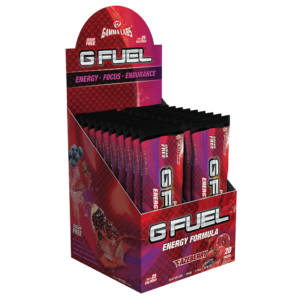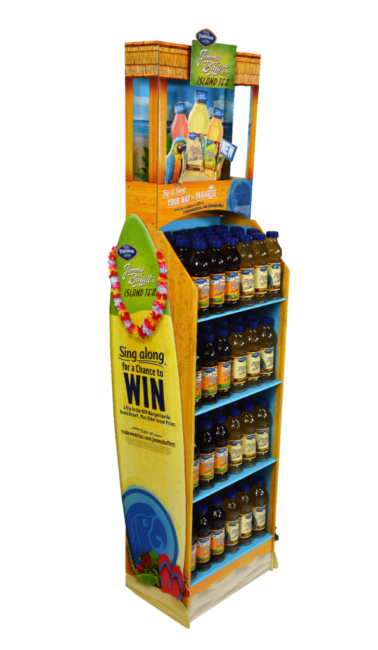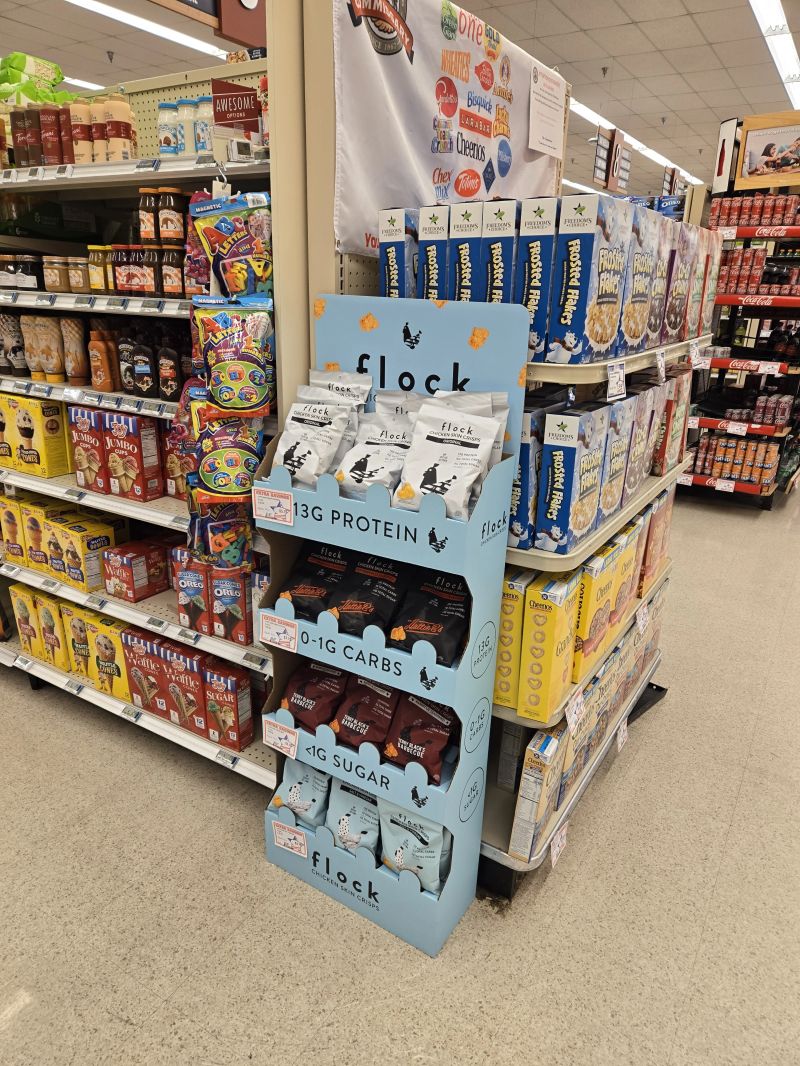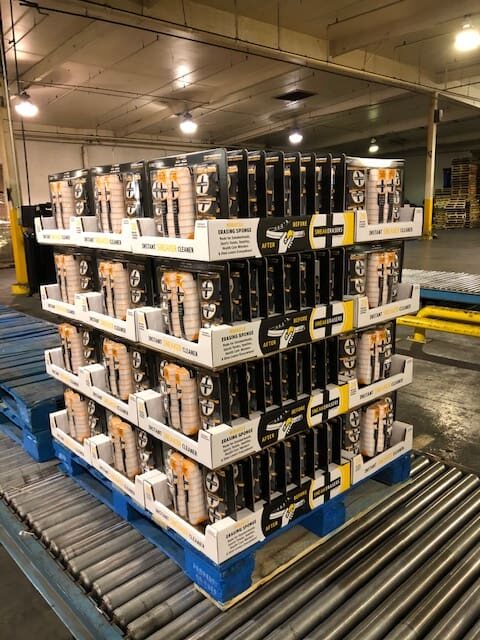Home » Understanding Product Accessibility with POP Displays
Understanding Product Accessibility with POP Displays
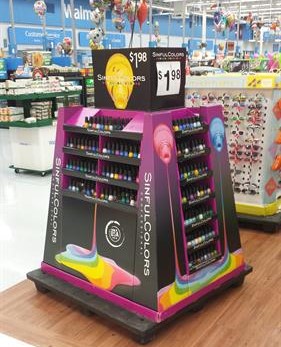
In retail, the ease with which customers can interact with products directly influences their purchasing decisions. Point of Purchase (POP) displays designed with accessibility in mind are pivotal for enhancing customer experience and boosting sales. This blog dives into the concept of product accessibility within POP displays, highlighting strategies to maximize ease of access and encourage active engagement.
The Importance of Product Accessibility
Product accessibility in a retail setting means more than just physical reach; it involves making products approachable, understandable, and engaging through well-thought-out display designs. Effective POP displays remove barriers that could deter a customer from interacting with the product, thereby increasing the likelihood of a purchase.
Key Strategies for Accessible POP Displays
Minimize Physical Barriers
Ensure that products within POP displays are easy to reach and interact with. Avoid high shelves or deep bins where products might be out of reach for some customers. Consider the layout and height of your displays to accommodate all customers, including those who might be wheelchair users or of short stature.
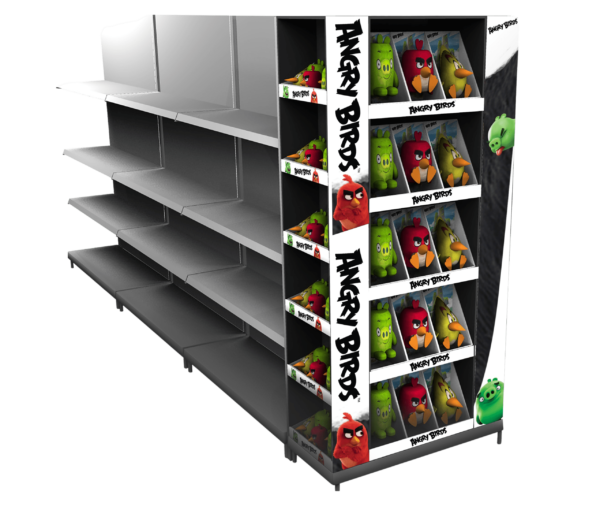
Interactive Elements
Incorporate elements that invite interaction, such as touchscreens with product information, samples for testing, or QR codes that link to detailed product demonstrations. Interactive displays not only improve accessibility but also enhance the shopping experience, making it more informative and engaging.
Clear and Concise Signage
Use clear, easily readable signage that guides and educates the customer. Signage should be visible from a distance and at eye level, using simple language to explain the product benefits and how to use them. This reduces confusion and empowers customers to make informed decisions quickly.
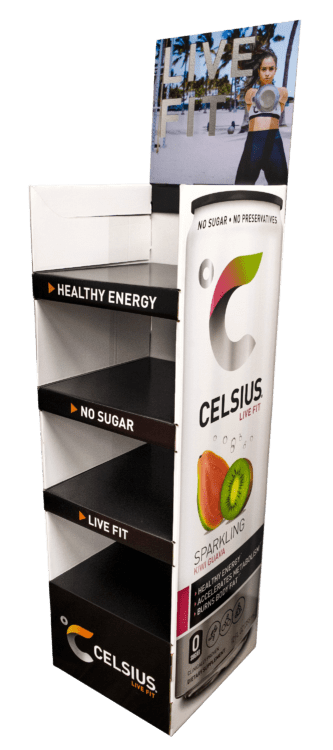
Optimal Placement
Position POP displays in locations where customers naturally pause, such as at eye level on end caps, near product categories that complement the display items, or along paths that most customers travel. Strategic placement ensures products are not only accessible but also unavoidable as customers navigate through the store.
Use of Lighting
Enhance product visibility and appeal through effective lighting. Well-lit displays draw attention to the products and can influence mood and perception. Consider using spotlights or LED lighting to highlight specific products or features, making them more inviting to customers.
Regular Updates
Keep your POP displays fresh and relevant by regularly updating them to reflect new products, seasonal items, or current promotions. This keeps returning customers engaged and ensures that the display maintains its appeal over time.
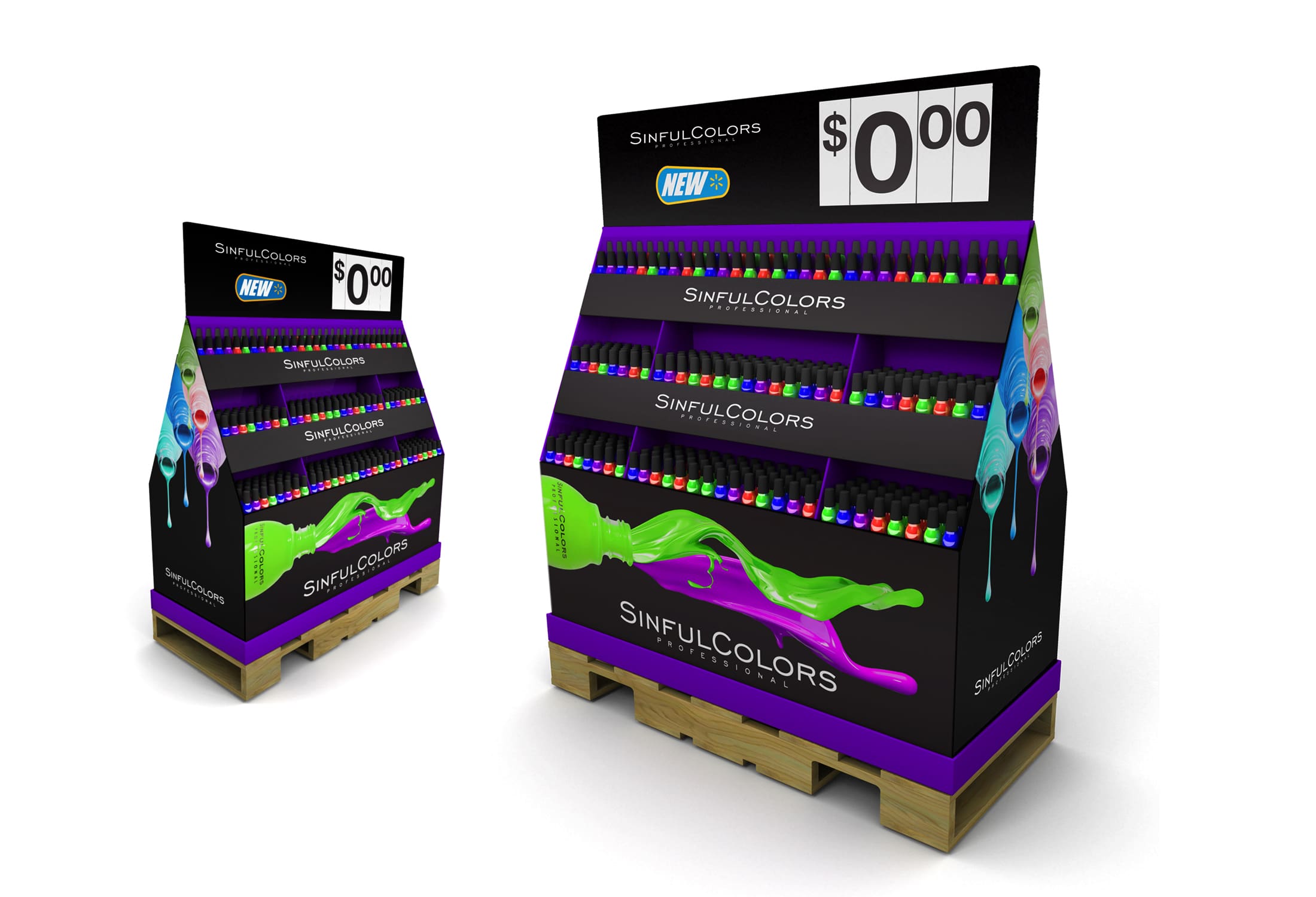
Conclusion
Understanding and improving product accessibility in POP displays is essential for creating effective retail environments. By implementing strategies that enhance physical access, interaction, and comprehension, retailers can significantly boost customer engagement and sales. Accessible POP displays not only cater to a wider audience but also foster a more inclusive shopping experience.
If you are interested in POP displays, then partner with Brown Packaging today to get started.
In the retail environment, the placement of Point of Purchase (POP) displays is just as critical as their design and content. Strategic positioning can significantly influence consumer behavior, increase product
Choosing the right foam density isn’t about “soft” versus “hard” — it’s about controlling shock transmission and matching the foam’s cushioning curve to the product’s fragility. Using the wrong density
Moisture resistance and dimensional stability are critical performance factors for custom inserts, especially when products are shipped or stored in variable climates. Both foam and corrugated materials react differently to
Sustainability in pet food packaging is not just about recyclability—it’s about reducing environmental impact across the entire lifecycle. For products with high barrier needs like dry kibble, wet food, and
Home » Understanding Product Accessibility with POP Displays


